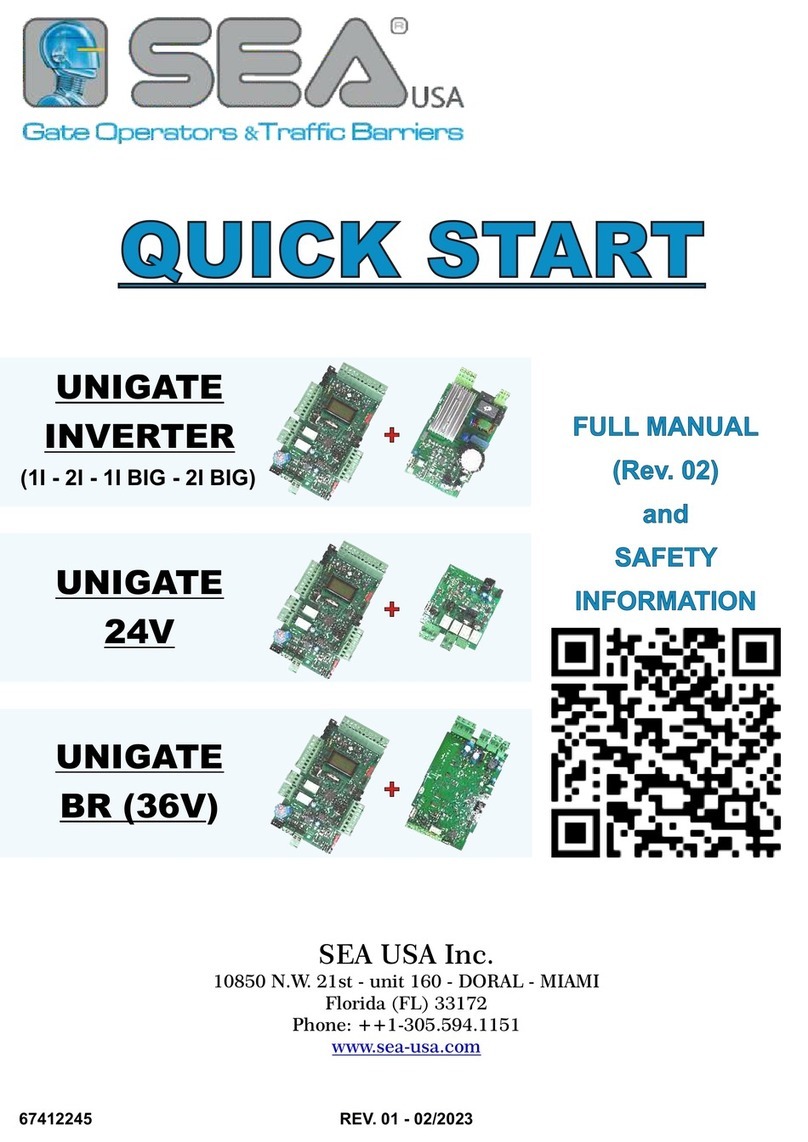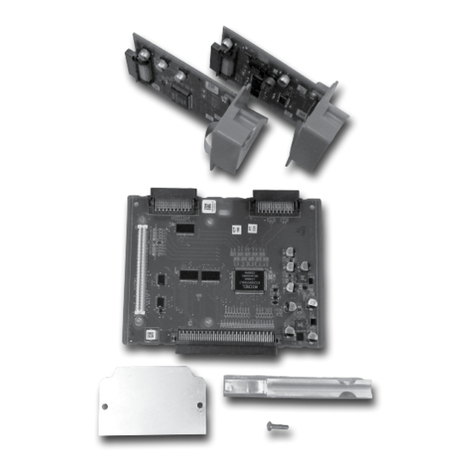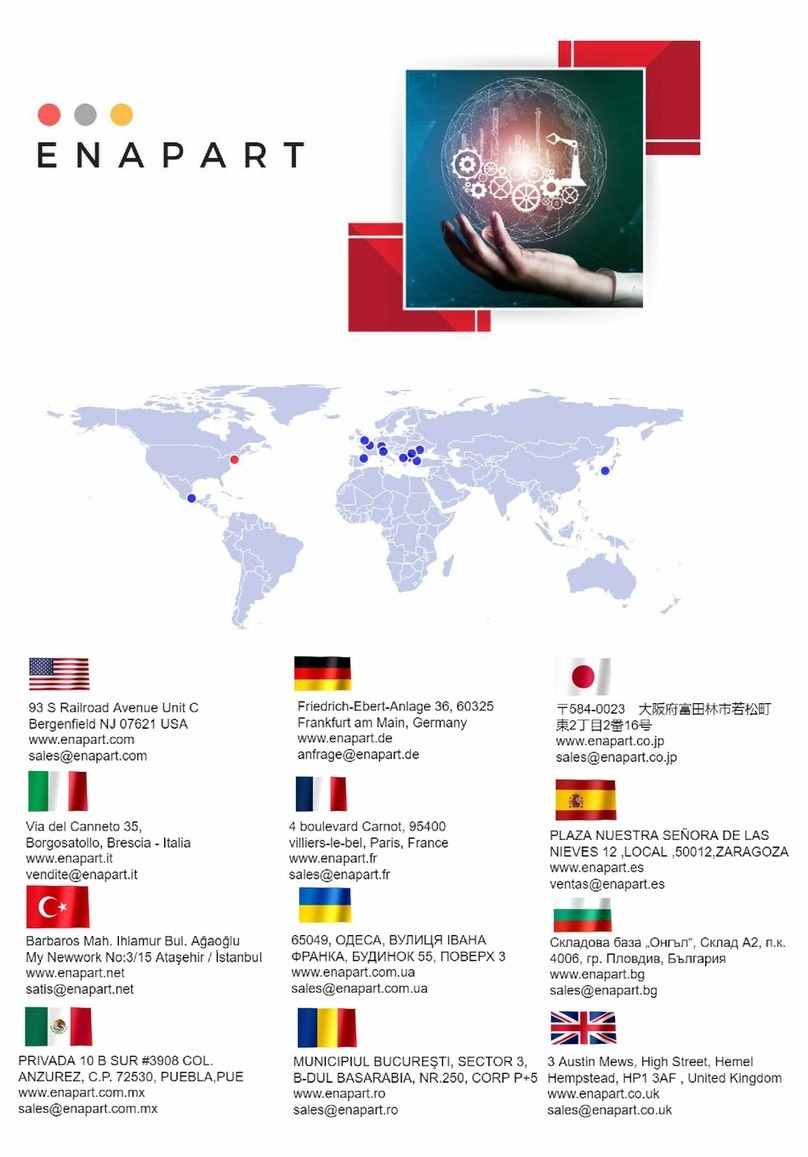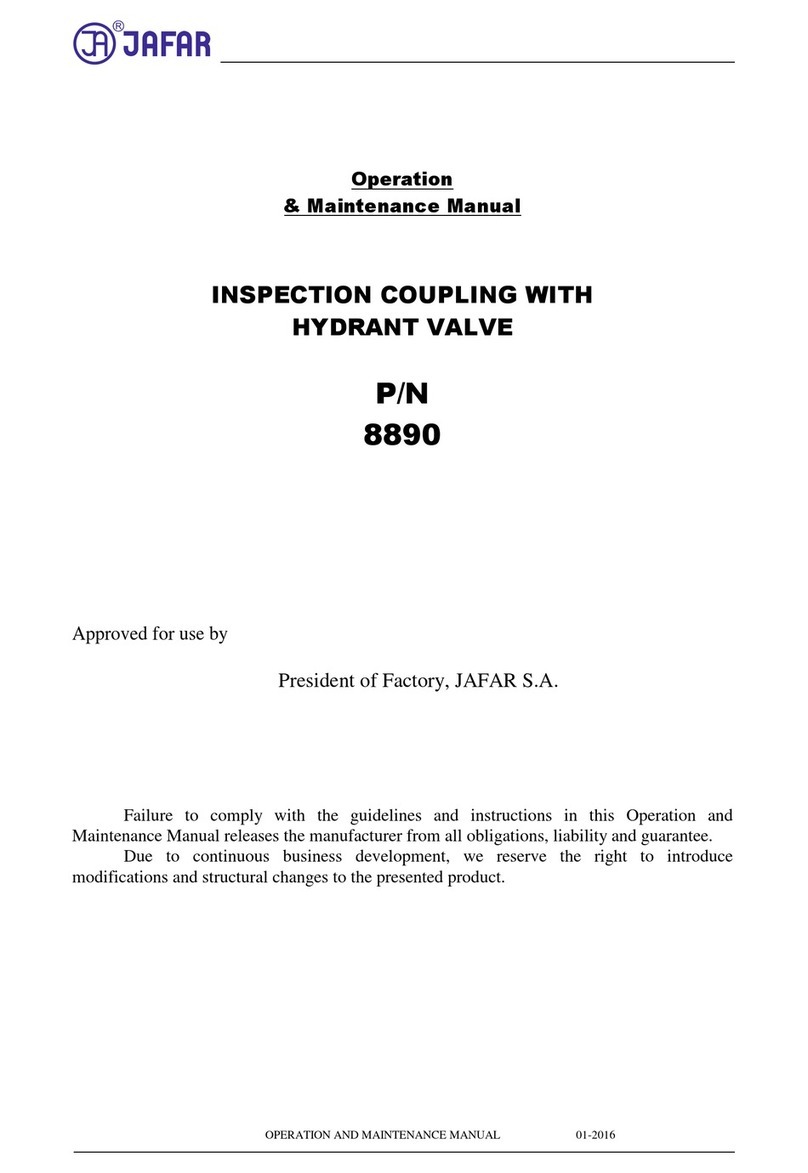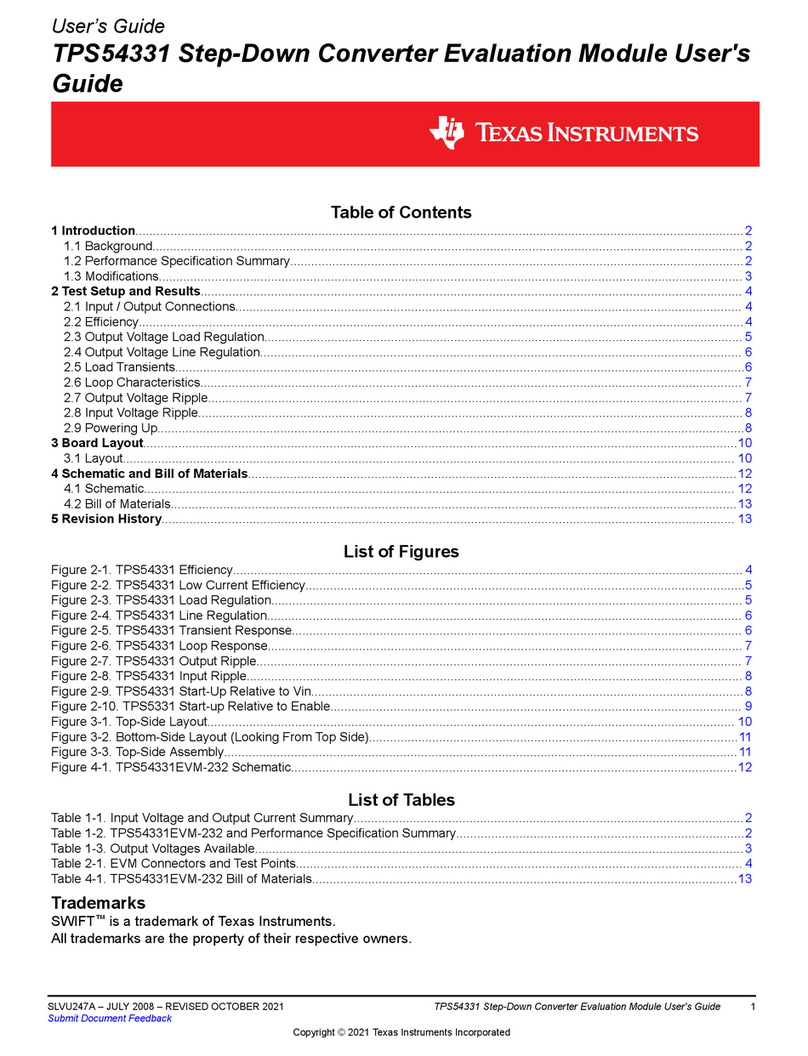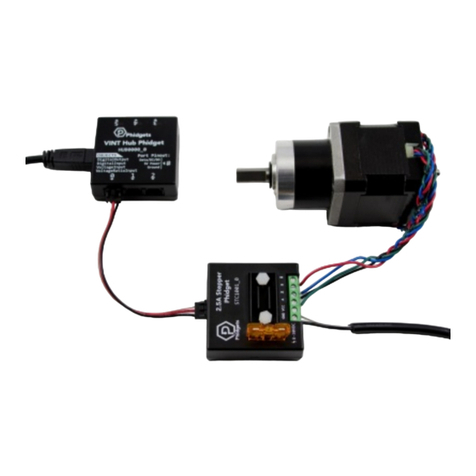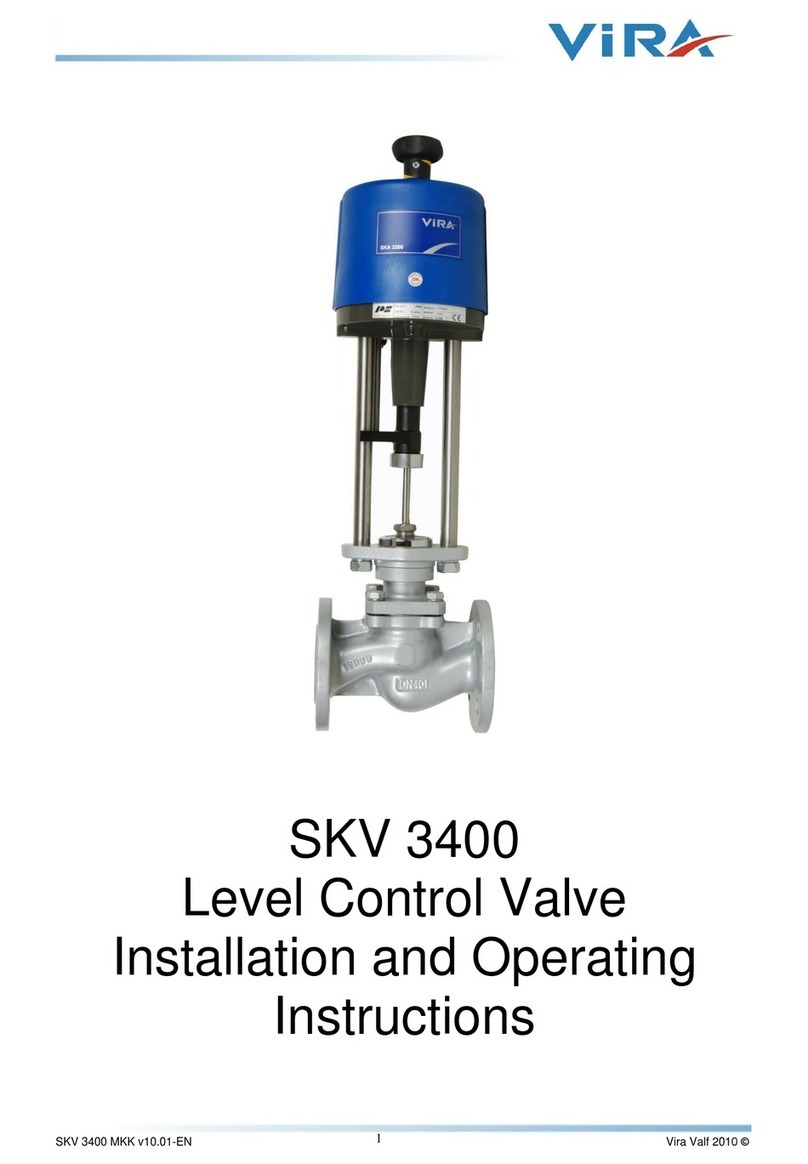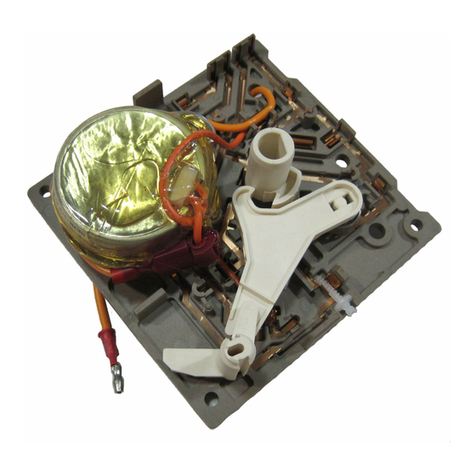Global Telecom Global-7243A4x4CB Instruction manual

Global-7243A4x4CB
Cat12 LTE Module
Quick User Guide V1.0

List of applicable FCC rules
FCC Part 22; FCC Part 24E; FCC Part 27
Specific operational use conditions
This product is a Limited Single Modular transmitter; the module may be operated only with
the antenna with which it is authorized. Any antenna that is of the same type and of equal
or less directional gain as an antenna that is authorized with the intentional radiator may
be marketed with, and used with, that intentional radiator.
Limited module procedures
Global Telecom Corp will retain control over the final installation of the modular such that
compliance of the end product is assured. In such cases, an operating condition on the
limit modular approval for the module must be only approved for use when installed in
devices produced by a specific manufacturer. If any hardware modify or RF control
software modify will be made by host manufacturer. C2PC or new certificate should be
apply to get approval, if those change and modification made by host manufacturer not
expressly approved by the party responsible for compliance, then it is illegal.
Trace antenna designs
This product has four External Antennas. Not applicable.
RF exposure considerations
This equipment complies with the FCC RF radiation exposure limits set forth for an
uncontrolled environment. This equipment should be installed and operated with a
minimum distance of 20cm between the radiator and any part of your body.
Antennas
This module is for use with external antennas only, and the antenna is recommended as
below:
No. Antenna Type Model Frequency
Range(MHz) Gain
1 PCB antenna 33V_ANT_F07F38
1850-1910MHz 4dBi
1710-1755MHz 5dBi
824-849MHz 2dBi
699-716MHz 2dBi
777-787MHz 2dBi
704-716MHz 2dBi
1850-1915MHz 4dBi
814-849MHz 2dBi
2496-2690MHz 4dBi
1710-1780MHz 4dBi
663-698MHz 1dBi
Label and compliance information
FCC ID label on the final system must be labeled with “Contains FCC ID: S3KG7243A4CB”
or “Contains transmitter module FCC ID: S3KG7243A4CB”.

Information on test modes and additional testing requirements
Contact Global Telecom Corp will provide stand-alone modular transmitter test mode.
Additional testing and certification may be necessary when multiple modules are used in a
host.
Additional testing, Part 15 Subpart B disclaimer
To ensure compliance with all non-transmitter functions the host manufacturer is
responsible for ensuring compliance with the module(s) installed and fully operational. For
example, if a host was previously authorized as an unintentional radiator under the
Supplier’s Declaration of Conformity procedure without a transmitter certified module and
a module is added, the host manufacturer is responsible for ensuring that the after the
module is installed and operational the host continues to be compliant with the Part 15B
unintentional radiator requirements. Since this may depend on the details of how the
module is integrated with the host, Global Telecom Corp shall provide guidance to the host
manufacturer for compliance with the Part 15B requirements.
FCC Warning
This device complies with Part 15 of the FCC Rules. Operation is subject to the following
two conditions:
(1) This device may not cause harmful interference, and (2) this device must accept any
interference received, including interference that may cause undesired operation.
NOTE 1: Any changes or modifications to this unit not expressly approved by the party
responsible for compliance could void the user's authority to operate the equipment.
FCC Radiation Exposure Statement:
This equipment complies with FCC radiation exposure limits set forth for an uncontrolled
environment. End users must follow the specific operating instructions for satisfying RF
exposure compliance.
Note 1: This module certified that complies with RF exposure requirement under mobile or
fixed condition, this module is to be installed only in mobile or fixed applications.
A mobile device is defined as a transmitting device designed to be used in other than fixed
locations and to generally be used in such a way that a separation distance of at least 20
centimeters is normally maintained between the transmitter's radiating structure(s) and the
body of the user or nearby persons. Transmitting devices designed to be used by
consumers or workers that can be easily re-located, such as wireless devices associated
with a personal computer, are considered to be mobile devices if they meet the 20
centimeter separation requirement.
A fixed device is defined as a device is physically secured at one location and is not able
to be easily moved to another location.

Note 2: Any modifications made to the module will void the Grant of Certification, this
module is limited to OEM installation only and must not be sold to end-users, end-user has
no manual instructions to remove or install the device, only software or operating procedure
shall be placed in the end-user operating manual of final products.
Note 3: Additional testing and certification may be necessary when multiple modules are
used.

1. Overview
The Global7243A is an advanced multi-band CAT12 LTE PCIe mini card product developed by
Global Telecom for embedded LTE module market. It supports standard PCI-E and USB 2.0 &
3.0 interfaces and can be easily integrated into laptop, set-top box and real time industry
devices to provide instant advanced 4G broadband communication capability.
1.1. User Interface Specification
Model Description & User Interface
Global-7243A4x4CB
- Dimension 74mm * 50mm * 5.2mm
- IPEX-1 Connectors (4)
- PCI-E DC 4.2~5.0V
- Weight: <50g
- Operating Temperature: -30℃to 55℃
- Storage Temperature: -40℃to 85℃
1.2. LTE Interface Specification
Frequency Bands Band2/4/5/12/13/17/25/26/41/66/71
Radio Access 3GPP LTE Release 12
Operation Mode TDD or FDD, 8RX, 2TX, DL MIMO
Output Power 23dBm
Throughput Category 12

2. Managing LTE Module
2.1 WEB Login
User can access the dongle management GUI using a Web browser from a local PC connected
to device LAN port. The user should ensure that the connected PC have acquired IP address
via DHCP from the device. After IP connectivity is established between the PC and LTE Module,
the user may launch a Web browser and specify http://192.168.0.1 in the address bar, the
default home page will appear.
2.2 System configuration
Network Information
This page is showing the device network information and the user can change the network
interface config.

Maintenance
This page allows user to update the device firmware version, rest the device to factory setting
and reboot the device.
2.3 LTE configuration
LTE Information
This page showing the LTE information.

LTE Setting
This page allows user to configure the LTE setting.
SIM PIN
The SIM card menu is used to view the SIM card status.
3. Troubleshooting
Q1: My PC cannot connect to the LTE Module.
Check whether the module and the device MINI-PCIE socket are correctly
connected.
Q2: My CPE networking is not working properly.
Check and make sure you are within LTE coverage.
Q3:Unable to connect internet while the device is already connected to LTE network.
Check the PC's network interface configuration
Table of contents
Popular Control Unit manuals by other brands
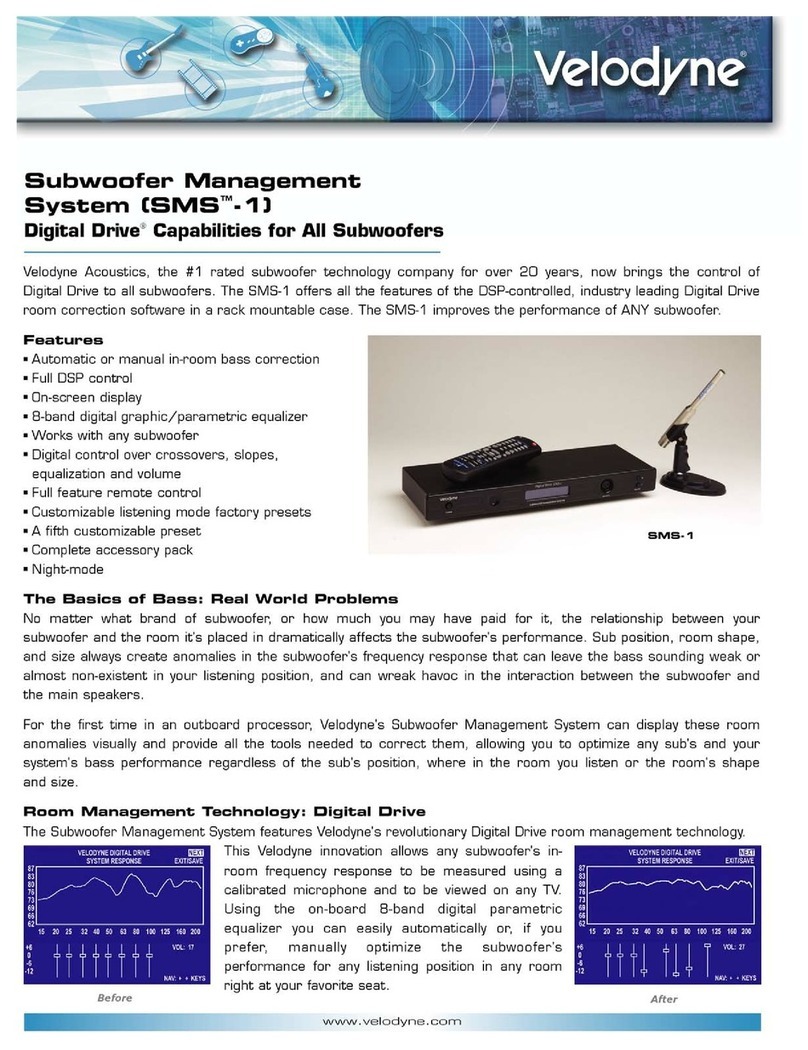
Velodyne
Velodyne SMS-1 - DATASHEET 1 brochure
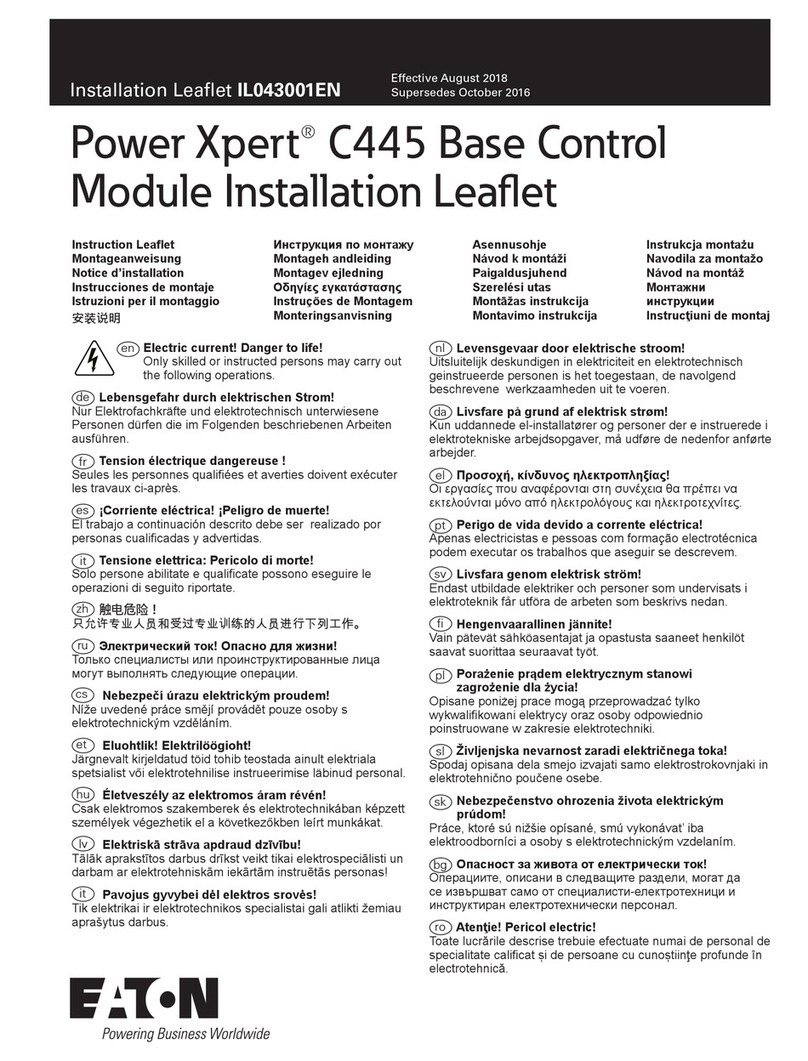
Eaton
Eaton Power Xpert C445 Installation leaflet
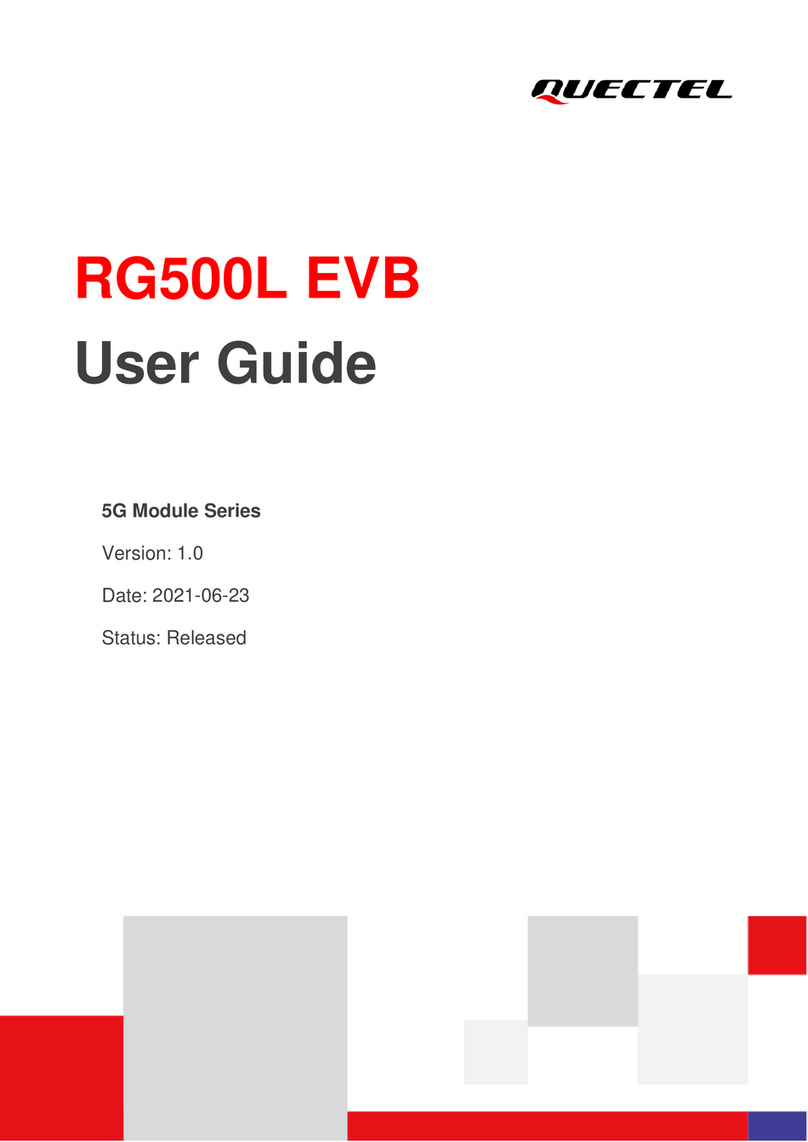
Quectel
Quectel RG500L EVB user guide
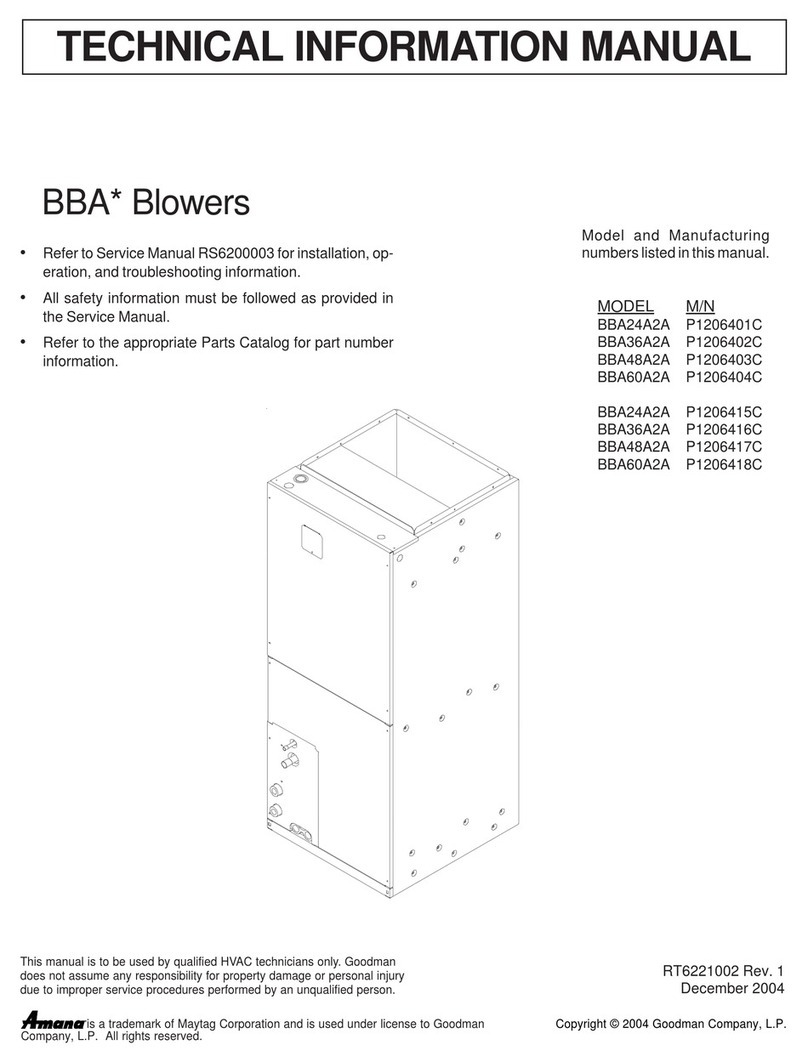
Amana
Amana BBA24A2A Technical information manual
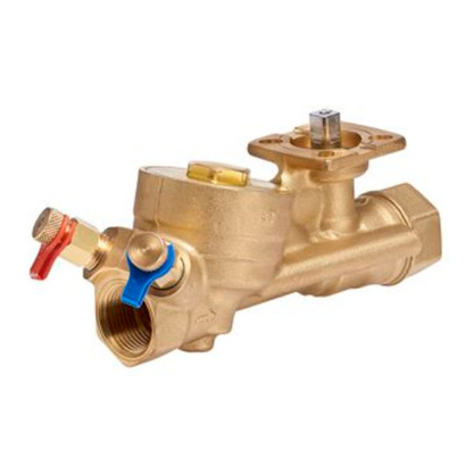
Johnson Controls
Johnson Controls VP140 L Series installation instructions
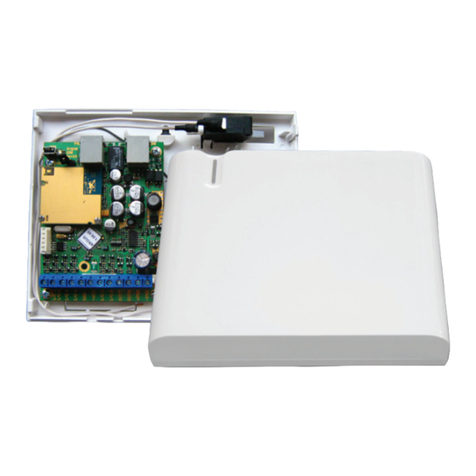
Teletek electronics
Teletek electronics ARGUS Installation, programming, and user's manual

